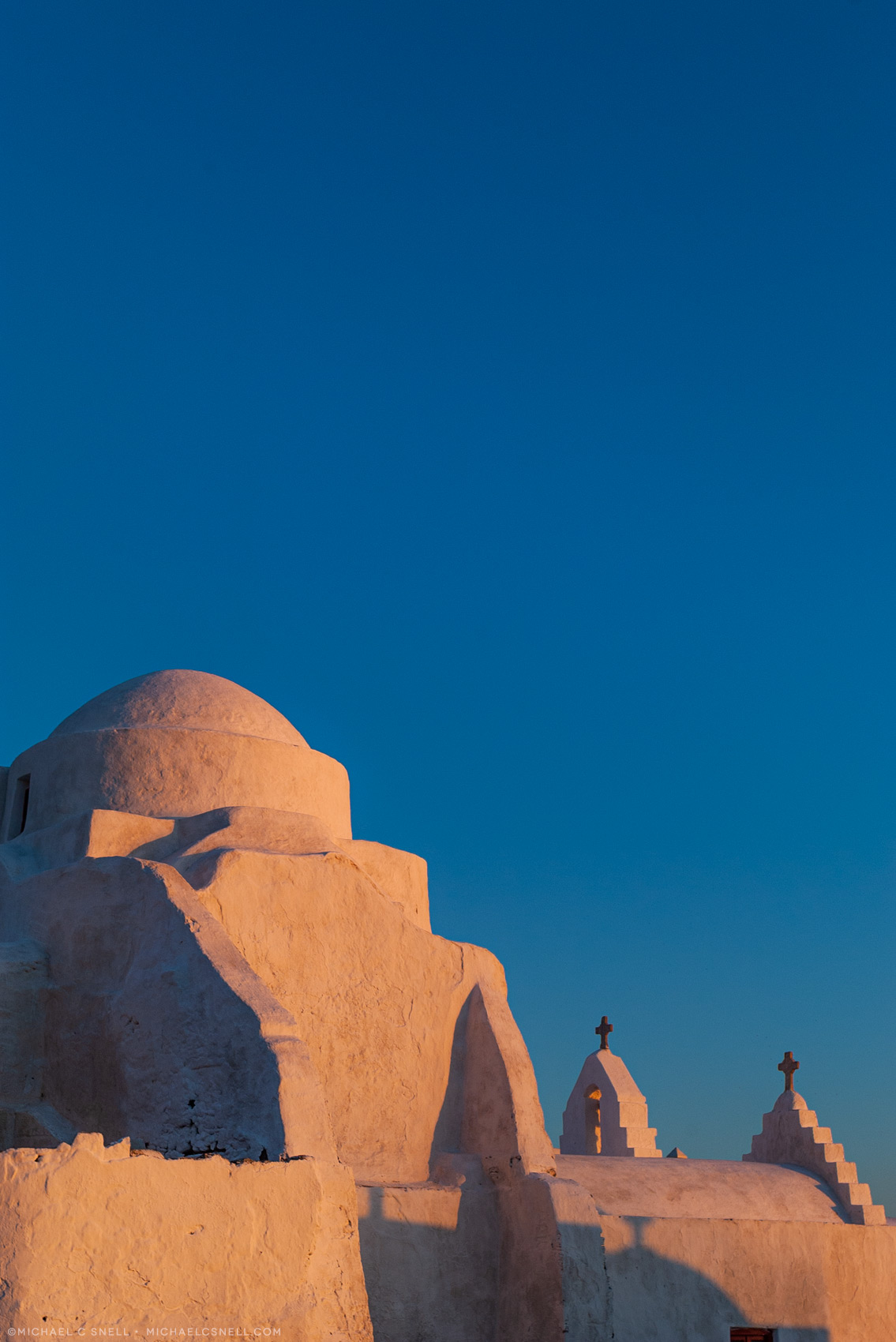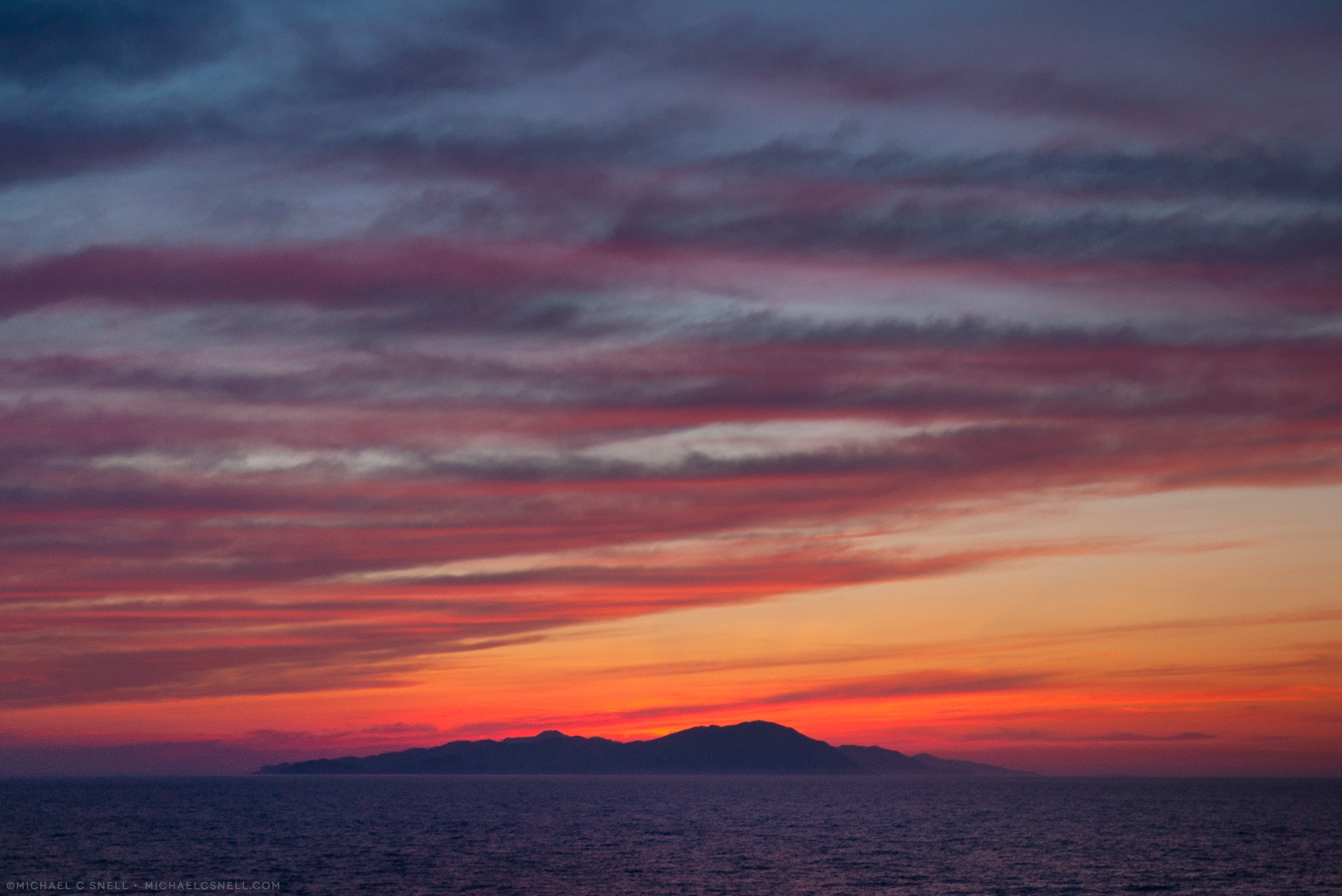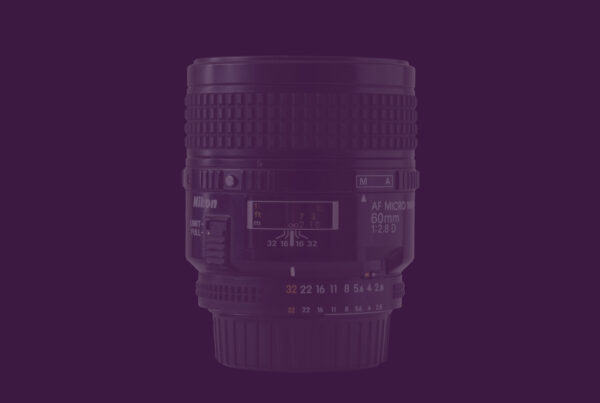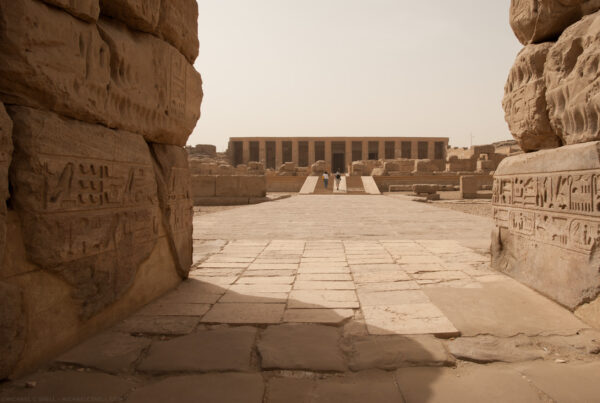Islands of Greece
Looking back on my first international trip with a DSLR.

Pale blue door on the island of Patmos. Shot in 2003, reprocessed in 2021.
While hopeful signs are emerging on the pandemic front, I’m still only traveling virtually — at least as far as international travel goes. Today I’m looking back at images I took in the Greek islands in 2003, on my first international trip with only a Digital SLR.
In the Fall of 2002, I had traveled to Ireland with transparency film and, in those early post-9/11 days of air travel, it had become challenging. I recall that each time I passed through security, I would ask for a hand-check to avoid sending my film through the x-ray machine and risking fogging. I was always allowed the hand-check, but it involved taking every roll of film out if its plastic canister for swabbing. When you have a couple of hundred rolls of film with you, you’re not the most popular guy in the security line.
I’d been shooting with my first DSLR, a Nikon D100, for awhile by then. Most of my publishers still preferred film at that time, so I would typically shoot with both the SLR and DSLR on assignments. I would submit the transparencies to the magazine and use the digital files for stock (making sure there was nothing too similar to my film submission to make sure I wasn’t violating any restrictions from the assignment). It was a good way to put the digital camera through its paces and get comfortable with the technology before putting myself under pressure with digital-only in an assignment environment.
Greece was also not a “professional” trip — I wasn’t on assignment and was just shooting stock for myself — so it was a fairly low-pressure start to going all digital. But, wow, was it easier to get through airports. And I had no worries about rationing film, or would there be a place to buy more in the islands if I ran out, etc.

The Church of Panagia Paraportiani on Mykonos.

I love the combination of warm, electric lighting and the blueness of twilight. (Mykonos)
I’ll write more about my transition to digital in later posts, but suffice it to say that my transition was probably easier than for most photographers because I had been an art director for about 15 years and had been dealing with digital files in layouts since the mid-80’s at least. When I started, we were still sending transparencies out for camera separations, where an image was “separated” into its CMYK components by making four negatives using different filters for each plate. Once scanning technology came a long, we were sending transparencies out for scans and getting digital files back.
I’d been using Macintosh computers for layout since maybe 1986? And I believe I was using Photoshop very soon after it was released in 1990, so by 2003 digital files were not new to me. What was new was going straight to a digital file IN CAMERA without having to shoot film and then send it out for scans. THAT was liberating.
So, back to Greece…
I spend some time in Athens and then took a short cruise among the Aegean islands. The photos in this post are all from the islands. I visited Santorini, Mykonos, Patmos, Rhodes, and Crete and made very brief shore excursions on each, along with a quick stop in Ephesus, Turkey.
It was a great introduction to a beautiful part of the world and I thoroughly enjoyed shooting digital while there. I never wanted to go back to film. And now, nearly 20 years later, I’m still able to enjoy these photographs and in some cases improve them as software advancements are made. All of the images in this post have been recently reprocessed and much improved. Some were cast aside years ago in my initial selections, but in revisiting them I found some interesting shots that could be brought back to life.

An interesting staircase and shop front in Rhodes.

Patmos cat.
Reprocessing all of these images now in 2021, I find them to be remarkably decent files with a good amount of latitude for adjustments. I don’t know whether I was more particular about which images I processed in 2003, or if I just have more confidence that I can save a less-than-perfect file now, but the result of going back through these old images is always encouraging. I always find images that had been overlooked before, which is why I suggest you never delete less-than-perfect files. The storage space is affordable and you never know what you might want to give a second chance in the future.
One thing I did notice going through these D100 files is that I had a lot more sensor dust in those days than I seem to now. All of my current DSLRs have self-cleaning sensors which don’t keep everything off, but maybe they are doing more than I think. Some of these D100 files are littered with dust spots. These days I might have two or three spots at most in a scene with a clear blue sky where there is nothing to disguise them.





